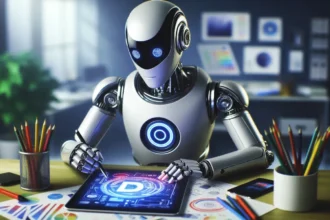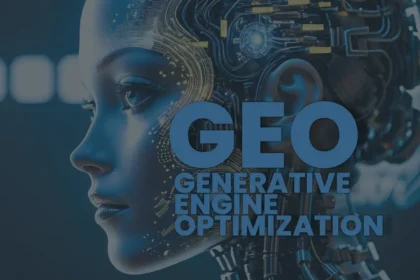As digital ecosystems grow more intelligent, the question isn’t whether we can design great user experiences—it’s whether we can design human-first experiences that adapt, evolve, and empathize. 2025 is a turning point for UX. Artificial Intelligence (AI), behavioral science, and emotional intelligence are reshaping how interfaces interact with users. This blog explores how UX professionals can build more personal, intuitive, and impactful digital journeys using AI—not just as a tool, but as a collaborator in empathy.
Key Trends in UX Design for 2025
1. AI-Powered Personalization
Gone are the days of one-size-fits-all design. AI now analyzes user behavior in real time to deliver tailored content, layouts, and interactions.
“UX in 2025 is about giving each user a unique experience – without making them ask for it.”
Examples:
- Streaming apps suggesting UI themes based on mood.
- E-commerce interfaces that adapt layouts to past shopping behaviour.
72% of users expect brands to understand their needs and preferences without them having to articulate them(Salesforce, 2024).
2. Emotion-Driven UX
UX design now integrates sentiment analysis and emotion recognition. Apps can detect stress, excitement, or frustration—and adapt accordingly.
Use Case:
A meditation app changes tone, music, and animation style based on your heart rate and voice tone.
“When UX understands emotion, it doesn’t just serve the user – it supports them.”
3. Micro-Interactions Go Macro
Small UI details—hover effects, button animations, touch feedback—are now central to brand storytelling and user delight.
Strategy:
- Design emotionally intelligent micro-interactions.
- Use them to build habit loops and brand recall.
Pro Tip: Start with your CTA buttons—make them pulse subtly based on urgency (e.g., cart abandonment).
4. Conversational UX with AI Assistants
Conversational design is no longer just chatbots. It’s integrated voice/UI collaboration through tools like ChatGPT, Alexa, and in-app assistants.
Trend:
UI flows that are hybrid—click-based + voice or typed conversation.
Voice interfaces will be used in 52% of all digital experiences by 2026
(Gartner, 2024).
5. Ethical & Inclusive UX
With AI taking the driver’s seat, designers must build with bias mitigation, accessibility, and ethics as default values—not afterthoughts.
Recommendations:
- Include neurodiverse users in test groups.
- Create adaptive experiences for visual/hearing impaired users.
- Integrate opt-out options for data tracking.
The Future: Human-AI -Creation in UX
AI will never replace designers—but it will replace those who don’t collaborate with it.
The future belongs to Human-AI Design Teams, where:
- Humans bring empathy and strategy.
- AI brings analysis and optimization.
“The next great UX designer isn’t just a wireframer – they’re a system thinker empowered by AI.”
Action Plan for Brands & Designers
- Embrace AI tools like Figma AI, Uizard, and Adobe Sensei for rapid prototyping.
- Create UX strategies that respond in real-time to user behaviour.
- Redesign your personas—think “emotional states” over demographics.
- Audit your product’s digital empathy score (consider emotion, effort, inclusivity).
Final Thoughts
UX Design in 2025 is not just functional—it’s feeling-driven, AI-fueled, and ethically aware.
If you’re ready to reimagine your brand’s user experience, now’s the time to move beyond basic usability. Empower your product with AI + empathy + great design.













